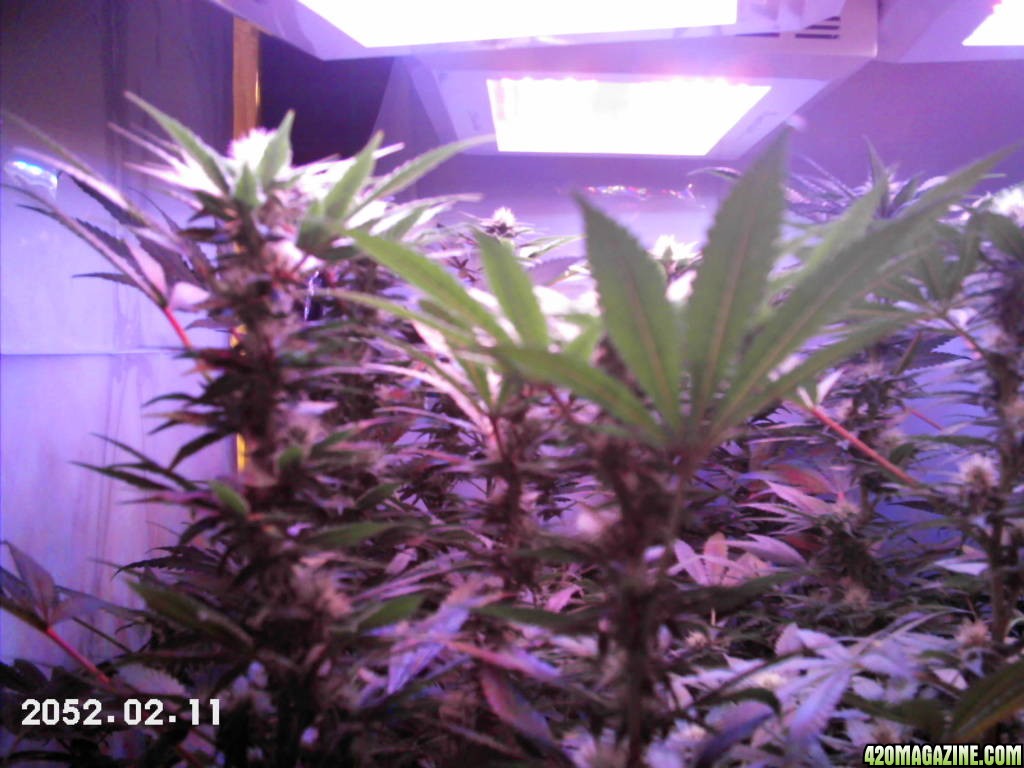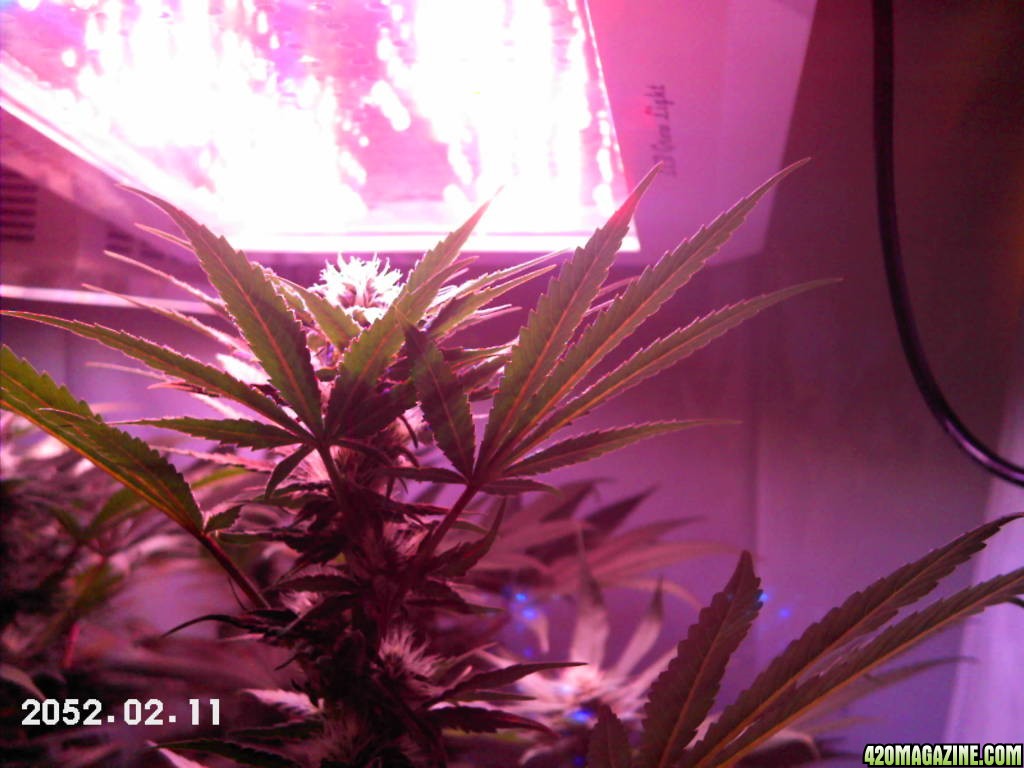I'll toss my two cents in for the sake of discussion
I've heard both value propositions
1) less LED wattage for same result (i.e. 126w vs 400w HPS)
2) Same light wattage LED vs HPS for higher total yield under LED.
In either scenario it's either true or it isn't. Personally, I'm waiting for the grows coming up.
In scenario 1 the higher upfront cost is offset by the lower electrical cost, and lower cost to keep cool, and less frequent replacement bulb costs. Though the HPS has a wider canopy if the fewer plants under LED produce the same total weight as the HPS then we shouldn't really care. (again I'm not saying it's true, we need grow journals from all the people buying these lights to start materializing)
In scenario 2 the much higher up front costs are offset by less cooling costs, less frequent bulb replacement and much higher gram/watt result.
Like any capital investment, the investor has to determine the acceptable time horizon for payback. I'm thinking about plugging a bunch of the journal results into some net present value, ROI, and break even analysis spreadsheets to see the objective punchline.
Who's knows, I'm just keeping an open mind and waiting for the data
I've heard both value propositions
1) less LED wattage for same result (i.e. 126w vs 400w HPS)
2) Same light wattage LED vs HPS for higher total yield under LED.
In either scenario it's either true or it isn't. Personally, I'm waiting for the grows coming up.
In scenario 1 the higher upfront cost is offset by the lower electrical cost, and lower cost to keep cool, and less frequent replacement bulb costs. Though the HPS has a wider canopy if the fewer plants under LED produce the same total weight as the HPS then we shouldn't really care. (again I'm not saying it's true, we need grow journals from all the people buying these lights to start materializing)
In scenario 2 the much higher up front costs are offset by less cooling costs, less frequent bulb replacement and much higher gram/watt result.
Like any capital investment, the investor has to determine the acceptable time horizon for payback. I'm thinking about plugging a bunch of the journal results into some net present value, ROI, and break even analysis spreadsheets to see the objective punchline.
Who's knows, I'm just keeping an open mind and waiting for the data









